“In Conversation with Izzy” is a regular series where we hear from ACS Board Member and Cetacean Biologist Izzy Szczepaniak. In this installment, Board Member Susan Hopp sat down with Izzy to learn about recent strandings of fin and gray whales in the Bay Area.
In Conversation with Izzy: Recent Bay Area Cetacean Strandings Included Two Rare Species
We recently interviewed Izzy Szczepaniak, Marine Biologist, and ACS San Francisco Chapter Board member, to learn about some of his research work for the California Academy of Sciences, specifically, the collection of carcasses of cetaceans that strand along the Northern California coastline. There were two very rare species among recent strandings.
In Conversation with Izzy: How the Pandemic Has Affected Cetacean Research in the Bay Area
Just Like Humans: Cetaceans and Emotion
The Impact of Plastic Pollution on Cetaceans and What Can Be Done About It – A Scuba Diver’s Perspective
Toben Lonne, Editor-in-Chief of Dive.in magazine and PADI certified Master Scuba Diver Trainer (MSDT) instructor, shares a story about how an experience diving with pink dolphins in Thailand opened his eyes to the damage that plastic pollution is doing to cetaceans and their habitats. He shares his perspective on how fellow divers and the concerned general public can take steps to help cetaceans in distress and reduce plastic waste in an effort to preserve these magnificent marine mammals and their beautiful marine habitats.
ACS Grant Recipient’s Research Models Humpback Habitat and Shipping Lanes to Inform Strategies for Reducing Ship Strikes
Andrea Dransfield has never been inside the belly of a whale, but she did get a pretty good glimpse inside several humpback’s mouths.
As a graduate student at San Francisco State University’s Romberg Tiburon Center for Environmental Studies, Dransfield got a first-hand view of humpback whales lunge feeding right next to the National Oceanic and Atmospheric Administration (NOAA) research vessel. The sighting was not only one of the most gratifying experiences of Dransfield’s research, but also it became a data point in her thesis. Between 2011 and 2012, she gathered records on oceanographic properties and humpback whale sightings during data collection cruises, adding to Point Blue Conservation Science’s extensive dataset, to create predictive models that could map out humpback whale high-use habitats and reduce the risk of whale ship strikes.
